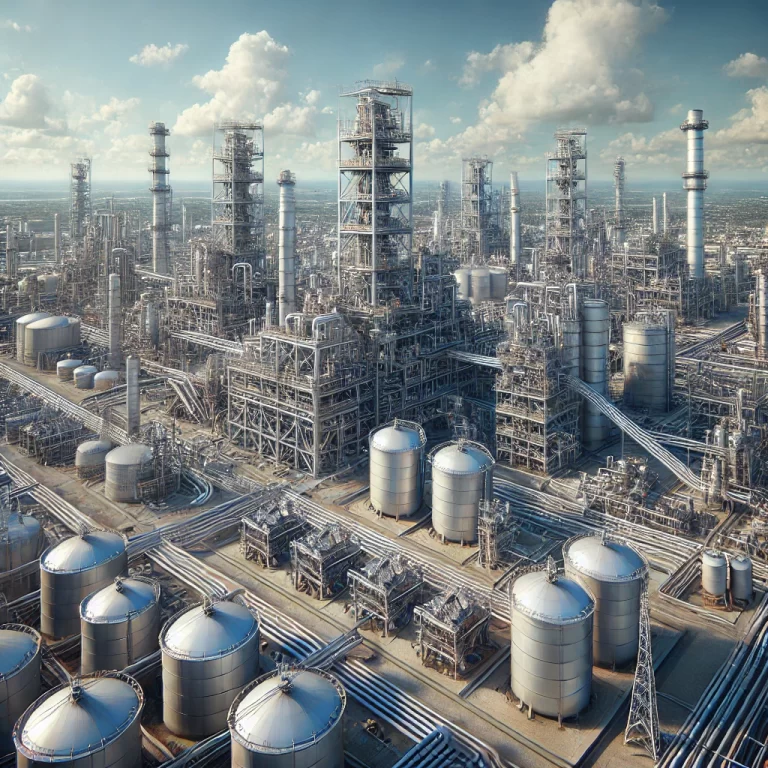In the petrochemical industry, radar level meter is an advanced measurement tool, and its accuracy and reliability are crucial to the optimization of the production process. Choosing the right radar level meter can not only improve production efficiency, but also reduce maintenance costs and ensure production safety. This article will explore in depth the key factors that should be considered when selecting a radar level meter to help industry professionals make wise decisions.

First of all, it is basic to understand the working principle of radar level meter. Radar level meter measures the surface distance of liquid, particles or slurry by emitting microwave signals and receiving reflected signals.
Therefore, the characteristics of the medium must be taken into account when selecting, including its dielectric constant, viscosity and whether there are volatile components. For example, a medium with a low dielectric constant may weaken the reflected signal and affect the measurement accuracy. At this time, a high-frequency radar level meter with stronger penetration should be selected.
Secondly, the temperature and pressure conditions in the petrochemical environment also have an important influence on the selection of radar level meter. Radar level meters working in high temperature and high pressure environments need to have good high temperature and high pressure resistance. In addition, if the medium is corrosive, the material of the radar level meter should also have corresponding corrosion resistance to ensure long-term stable operation.

Third, the installation location and space limitations are also factors to be considered when selecting radar level timing. In some cases, due to space limitations, it may not be possible to install a large radar level meter. At this time, a miniaturized design can be selected.
At the same time, considering the safety regulations of the petrochemical industry, the explosion-proof level of the radar level meter is also a consideration that cannot be ignored.
Fourth, the measurement range and accuracy of the radar level meter are directly related to the efficiency of production and product quality. When selecting, the appropriate model should be determined based on the height of the tank and the accuracy of the required measurement. Generally speaking, high-frequency radar level meters have better measurement accuracy, but a smaller measurement range; while low-frequency radar level meters have a wide measurement range but relatively low accuracy.
Fifth, the convenience of maintenance and calibration is also a factor to be considered when selecting radar level timing. Preferring equipment that is easy to maintain and calibrate can reduce downtime and maintenance costs. Modern radar level meters usually have self-diagnosis functions, which can detect problems in time and alarm, which greatly improves the reliability of the equipment and the convenience of maintenance.

Finally, cost-benefit analysis is an indispensable part of the decision-making process. On the premise of meeting technical requirements, it is wise to choose a product with high cost performance by comprehensively considering the cost of equipment, operating costs and potential maintenance costs.
At the same time, the supplier’s technical support and services are also important factors to ensure the long-term stable operation of the equipment.
In summary, when choosing a radar level meter, the petrochemical industry should consider multiple aspects such as medium characteristics, environmental conditions, installation space, measurement requirements, maintenance convenience and cost-effectiveness. Through careful analysis and comparison, choose the radar level meter that best suits your needs.
